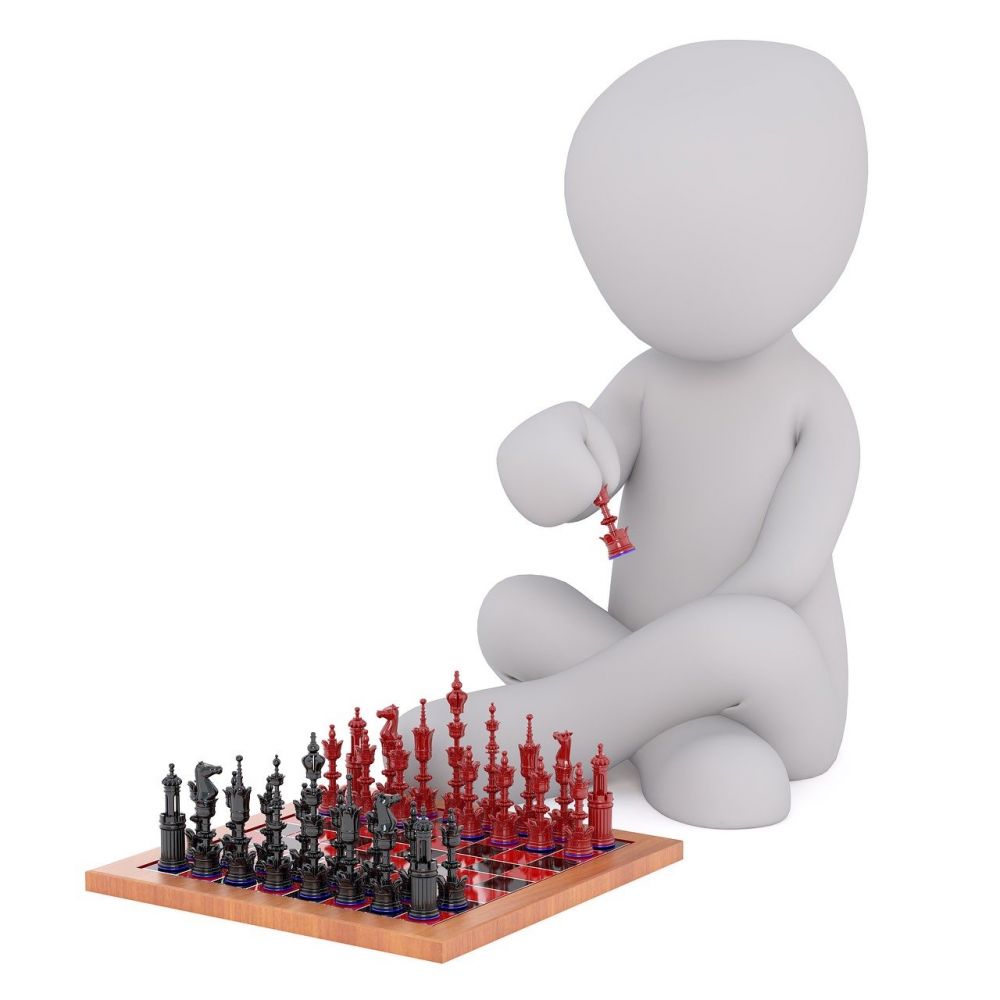Labyrinth board games have been captivating players for decades with their engaging gameplay and intricate mazes

If you’re someone who is generally interested in this subject, it’s important to understand the basics of labyrinth board games and what makes them so fascinating. In this article, we will provide a comprehensive overview of labyrinth board games, including their history, gameplay, and the factors that make them appealing to hobbyists and DIY project enthusiasts.
Introduction to Labyrinth Board Games:
Labyrinth board games are tabletop games that challenge players to navigate through complex mazes in order to achieve a specific objective. The game typically consists of a board with a fixed grid or labyrinth-like structure, along with various tokens, cards, or pieces representing the players and the obstacles they face. The objective can range from reaching a specific destination to collecting treasures or outsmarting opponents.
Historical Evolution of Labyrinth Board Games:

The history of labyrinth board games can be traced back to ancient civilizations, where maze-like structures and puzzles were a popular form of entertainment. However, the modern version of labyrinth board games, as we know them today, emerged in the mid-20th century.
One of the first commercially successful labyrinth board games was “The Amazing Labyrinth,” designed by Max J. Kobbert and published in 1986. This game introduced the concept of a shifting maze, where players could manipulate the paths to create new routes and block opponents. This innovation added a strategic element to the gameplay and made the experience more dynamic.
Since then, numerous variations of labyrinth board games have been developed, each with its unique twist and mechanics. Some games focus on cooperative gameplay, where players work together to solve the maze and overcome challenges, while others emphasize competition and tactical decision-making.
Key Features and Mechanics of Labyrinth Board Games:
Labyrinth board games offer an immersive and interactive experience by incorporating several key features and mechanics. These elements contribute to their enduring popularity among hobbyists and DIY project enthusiasts. Here are some notable characteristics:
1. Modular Board: Many labyrinth board games utilize a modular board system, where players can rearrange or rotate different tiles to create a new maze layout for each game. This provides endless replayability and ensures that no two games are the same.
2. Exploration and Discovery: Labyrinth board games often involve uncovering hidden pathways or secrets within the maze. Players must carefully explore and make strategic decisions to uncover the optimal routes.
3. Strategy and Planning: These games require players to think ahead and strategize their moves. Considering the shifting nature of the maze or anticipating opponents’ actions becomes crucial for success.
4. Puzzle-Like Challenges: Labyrinth board games frequently include challenging puzzles or obstacles that players must overcome. These challenges can range from locked doors and hidden traps to riddles and brain-teasers, adding an intellectual element to the gameplay.
5. Multiplayer Interaction: Whether it’s cooperating with teammates or outmaneuvering opponents, labyrinth board games often encourage social interaction and engagement. Players must interact and negotiate with others to achieve their goals.
6. Customization and Personalization: Many labyrinth board games offer customization options, allowing players to create their unique challenges or scenarios. This aspect appeals to DIY project enthusiasts who enjoy designing and crafting their gaming experiences.
In conclusion, labyrinth board games provide a captivating and intellectually stimulating gaming experience for hobbyists and DIY project enthusiasts. Their rich history, evolving gameplay mechanics, and key features contribute to their enduring popularity. Whether you’re navigating a twisting maze or collaborating with teammates to solve puzzles, labyrinth board games offer endless possibilities for enjoyment and creativity.











